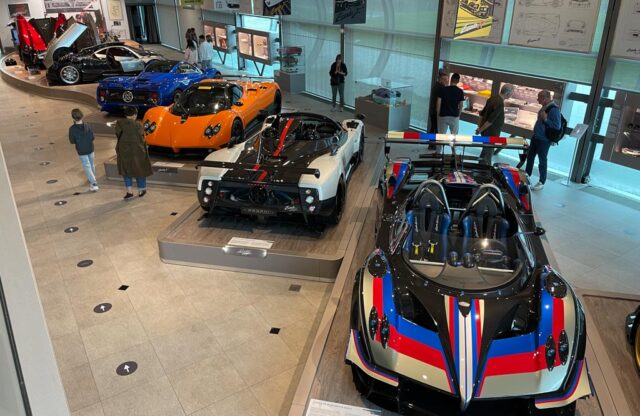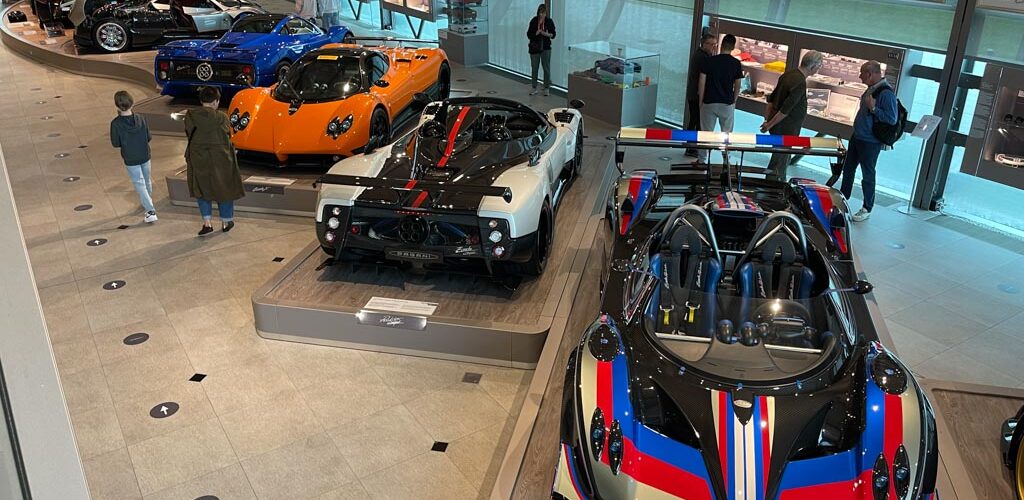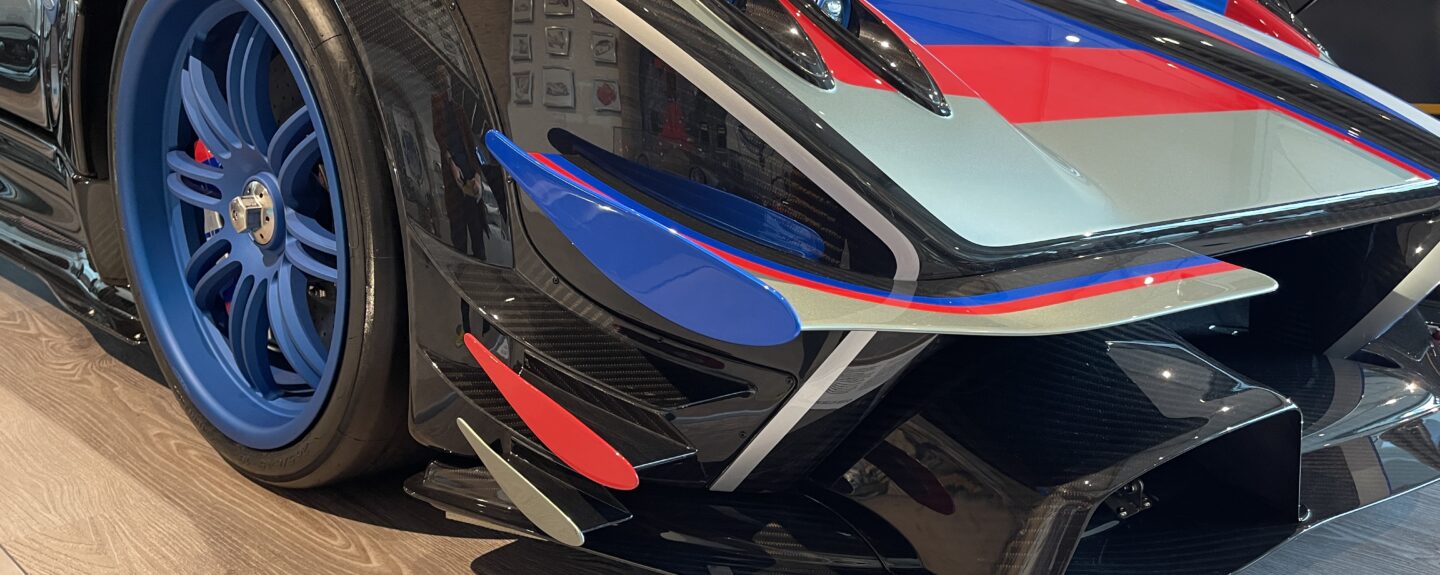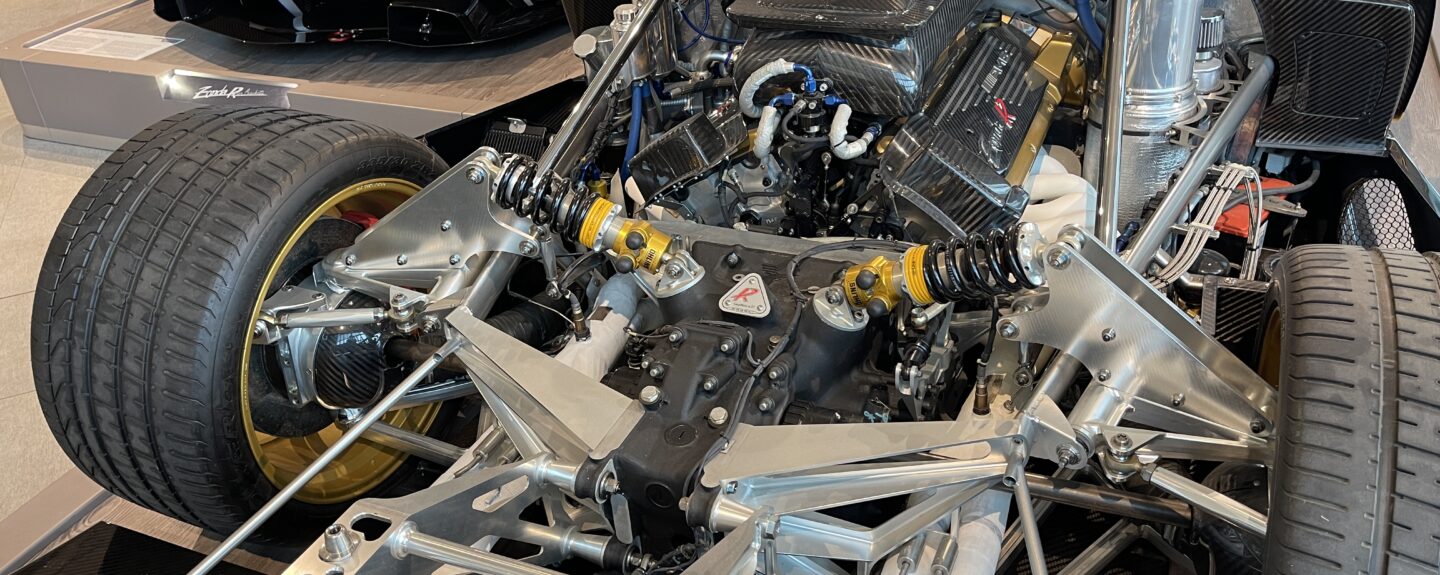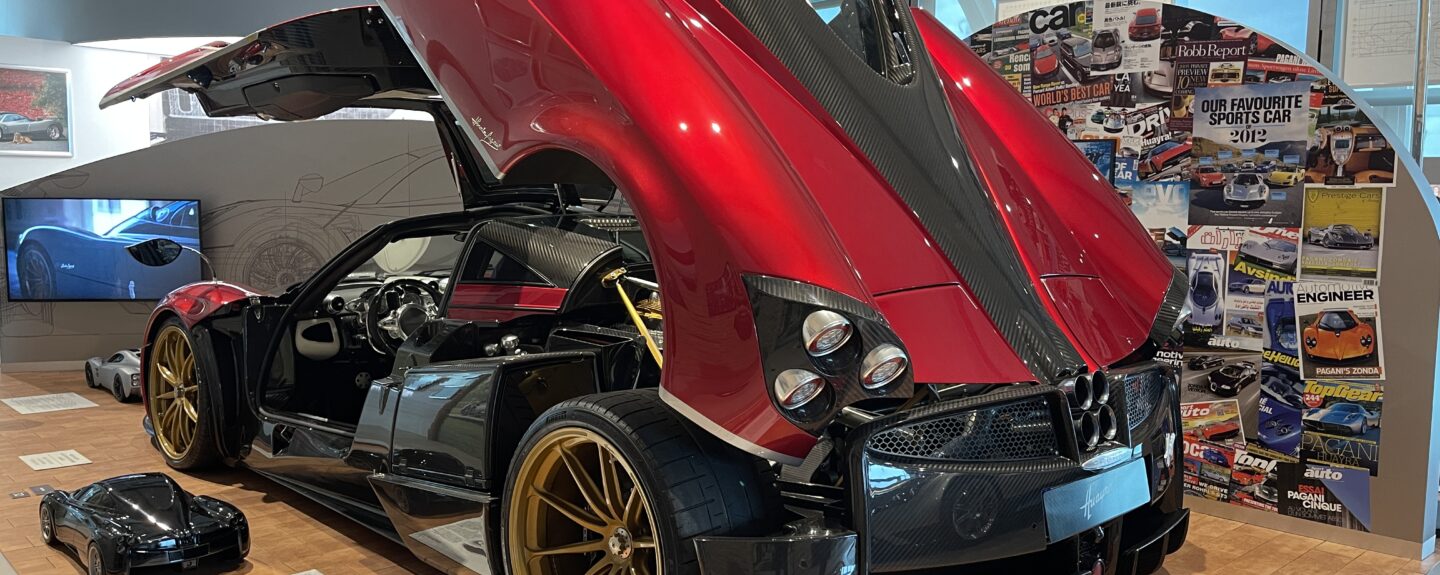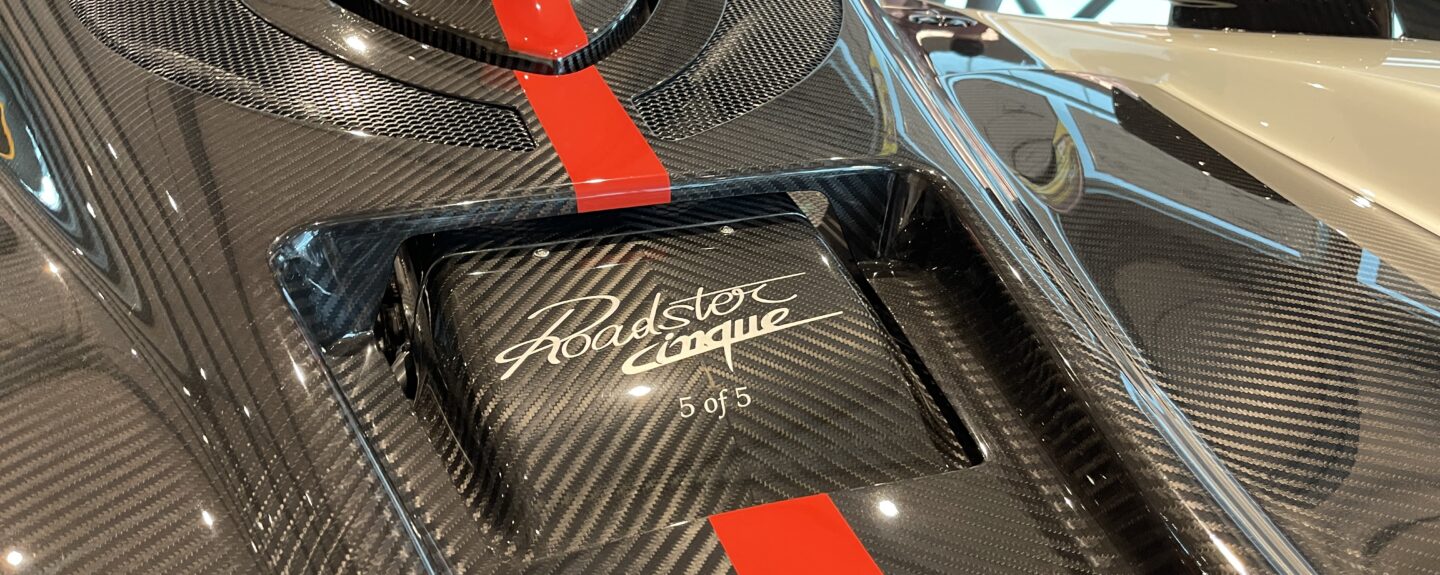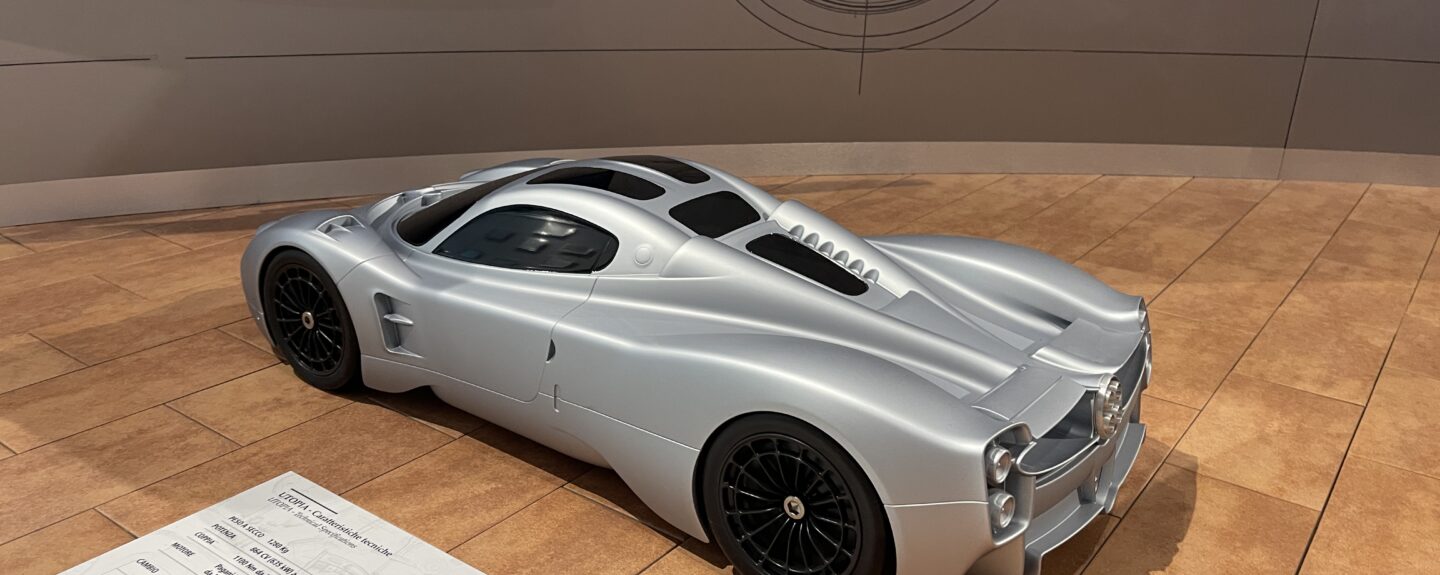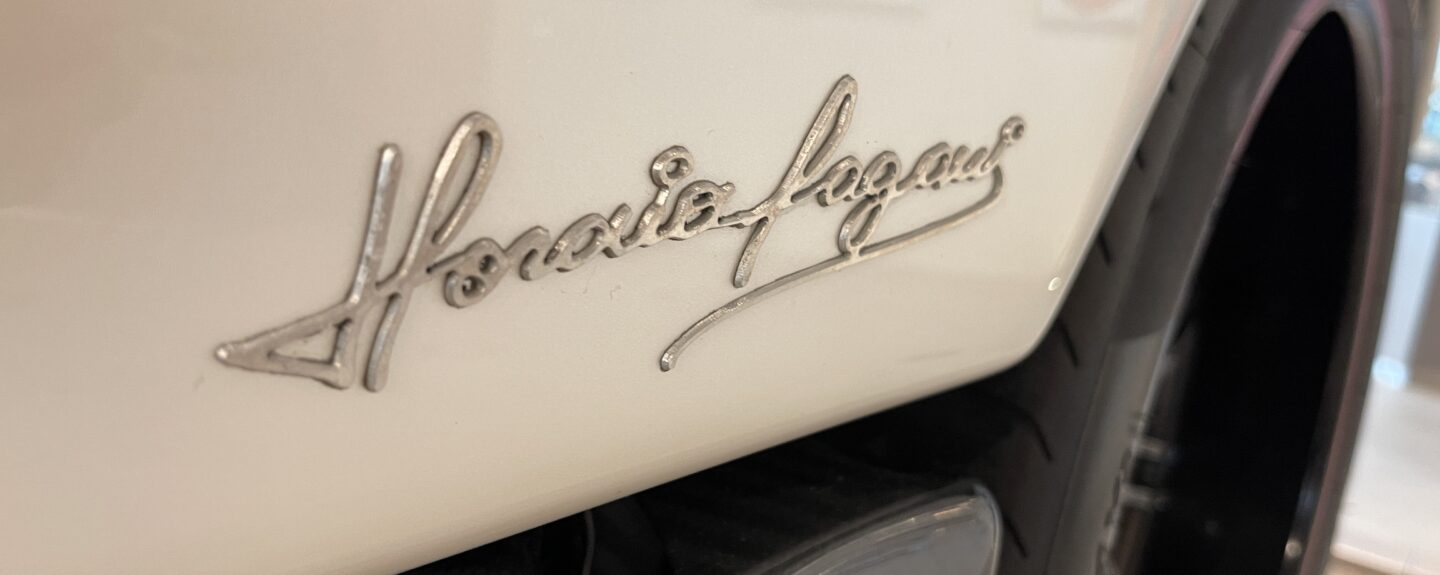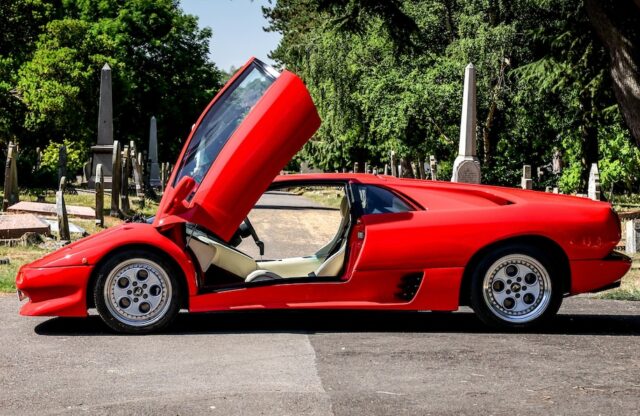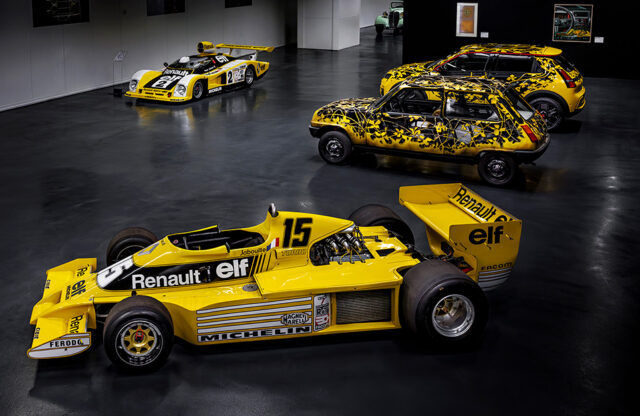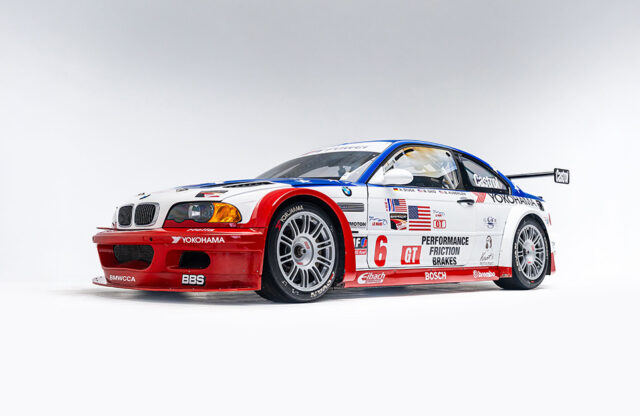WORDS & PICTURES: NATHAN CHADWICK
Horacio Pagani’s life is one of dogged determination, opportunity and a never-ending quest to push the envelope when it comes to materials, performance and sheer automotive theatre.
While we were in Italy for Auto e Moto d’Epoca, we took the opportunity to check out the museum dedicated to not only Pagani’s four-wheeled art, but his life and dreams. It’s located in San Cesario sul Panaro, between Modena and Bologna, and is well worth a visit when taking in the other museums in the Emilia-Romagna region, such as those for Ferrari, Lamborghini, Maserati (Panini) and more besides. Here are just a few highlights…

Horacio Pagani’s odyssey to Pagani Automobili began with building single-seater racing cars in Argentina; by the age of 20, he’d designed and built an F3 car. This drew the attention of Renault, which asked him to improve the bodywork on one of its racing cars. The changes were so successful that this proved the springboard for Pagani to move to Italy and join Lamborghini. He began by sweeping floors, but within just a few years his talents took him to being the company’s chief engineer.

Horacio was always one for experimenting, and he was the driving force behind the stillborn Countach Evoluzione concept. When Lamborghini refused to invest in an autoclave to build carbon parts for the Evoluzione, Horacio garnered enough cash to buy his own equipment in 1987. He would contribute to the final evolutions of the Countach, but in 1991 he set up on his own. A year later he would start work on his first car – the Zonda. Here you can see some styling models that preview the final model.

Of course, designing, developing and building a new hypercar is a cash-intensive business, so Horacio’s consultancy, Modena Design, was set up to manage projects and build carbonfibre composites for F1 teams, as well as for Daimler, Ferrari and Aprilia. He also designed other items, such as this golf caddy.

It took seven years for Pagani to complete the development of the Zonda. This is chassis number two, affectionately known as ‘Nonna’. Since 1998 it has been the development mule for all the various iterations of the Zonda, and it was the test-bed for the Mercedes-Benz AMG M120 V12 engine. Any new aerodynamic additions or fresh materials were tested on this car. After a long career – it’s clocked up 550,000km – it has recently been renovated for display in the museum.

A year after the Zonda C12 stunned crowds at the Geneva Motor Show in 1999, Pagani returned with the S model (pictured above) – the first production road car with a fully visible carbonfibre body. The engine size grew from 6.0 to 7.0 litres, with power up to 542bhp from its AMG-tuned V12. The car also featured a newly developed six-speed manual transmission; top speed was 208mph and 0-62mph took 3.7 seconds. The same amount of time again would see you well past 100mph…

The Zonda F appeared at the 2005 Geneva Motor Show, its name inspired by Juan Manuel Fangio. Although there had been two more Zonda variants since the S (the S 7.3 and the Roadster), the F saw several revisions to the template. The F took the 7.3-litre V12 to 594bhp courtesy of revised intake manifolds, exhaust and ECU. The transmission remained the same, but was significantly beefed up internally. There were also changes to the front bodywork and mirrors, and Brembo carbon-ceramic brake discs became an option alongside OZ alloy wheels, an Inconel exhaust system, an aluminium intake plenum and a redesigned carbon weave.
The F Roadster appeared a year later, with even more power (641bhp) yet didn’t weigh any more than the standard F due to the use of motor sport materials and construction techniques. A lightweight version of the F Roadster called the Clubsport used carbo-titanium material developed by Pagani, as well as an upgraded engine.
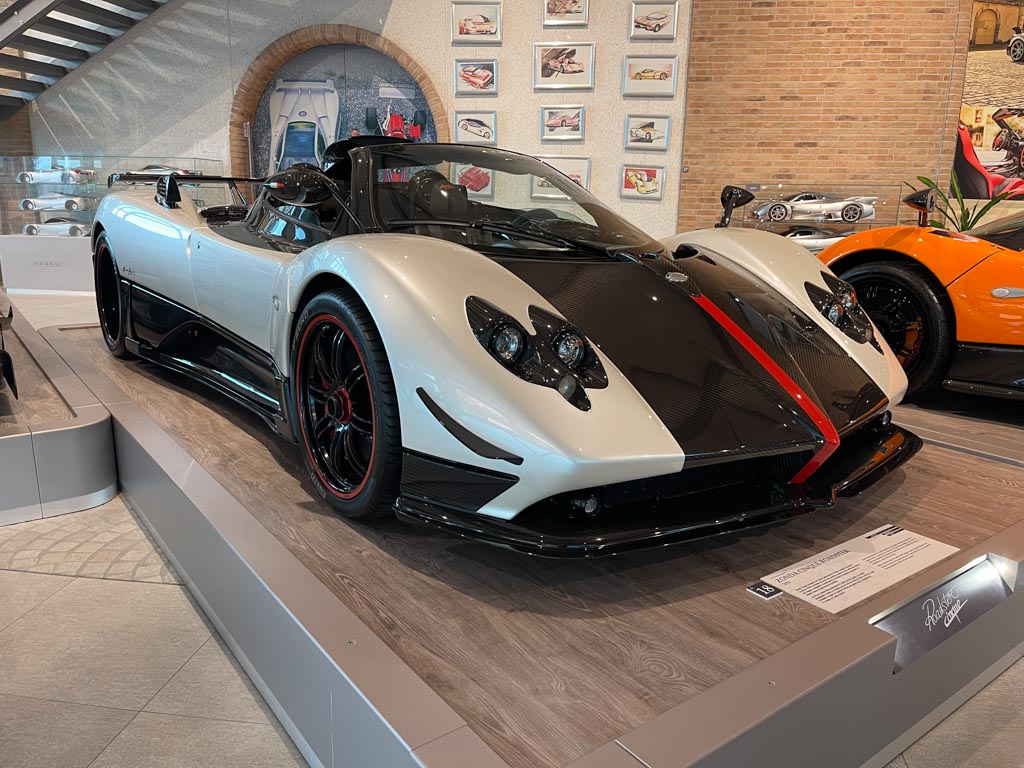
The carbo-titanium weave was used to great effect on the Zonda Cinque and Roadster Cinque (above). The material incorporates titanium into the carbon weave for extra strength – handy, when the Cinque took power to 669bhp. When launched in 2009, the Cinque was supposed to be the last version of the Zonda; limited to five versions of each bodystyle, it featured a six-speed automated manual gearbox that helped to drop acceleration to 62mph to 3.4 seconds. The Cinque also saw more revisions to the bodywork, including a roof-mounted intake scoop. It was the first of a long series of special-edition Zonda variants.

Where it all began, with the V12 Mercedes-Benz AMG engine, is seen here in naturally aspirated 7.3-litre form. The M120 engine was born in a hurry, when Mercedes-Benz found itself wrong-footed in the 1980s; to the Three Pointed Star’s great surprise, BMW launched a V12 for its E32 7-Series. Even though Mercedes-Benz’s V8 engine was already powerful enough, this simply wouldn’t do for corporate pride, and the M120 V12 was developed in 18 months. This, along with several other challenges, problems and failures, led to the delay of the W140 S-Class, two years behind schedule and many millions of Deutschmarks over budget.
In S-Class/SL specification, the M120 developed between 389bhp and 402bhp, but when AMG got hold of it power soon raced past 500bhp in a variety of displacements. These conversions are very rare in Europe and the US, with the vast majority sold to the Sultan of Brunei; it’s believed many are gently decomposing in the heat around the main garages that make up that particular collection. Nevertheless, Pagani saw the potential in the engine, and formed an enduring partnership with Mercedes-Benz AMG that exists to this day.

The Zonda R was unveiled at the 2007 Geneva Motor Show, intended as a track-only hypercar. Although it is outwardly a Zonda, it is believed that just ten percent of the Zonda F’s components were used on the car, as it was a test-bed for the Huayra. The engine was certainly different – it uses a 6.0-litre version of the M120 V12 that was derived from the racing version of the Mercedes-Benz CLK GTR, which produces 740bhp at 7500rpm. The wheelbase was increased, as was overall length and track, while the front and rear subframes and suspension components were all new. The central carbon chassis has a built-in roll cage. It could hit 233mph all-out, having flicked past 60mph in 2.7 seconds.

This is the Zonda HP Barchetta Revo, a car that can reach 100mph and beyond by the time you’ve finished saying its name. Launched in 2017, the ‘normal’ Barchetta was a 60th birthday present for Horacio Pagani. Fast forward to 2022 and this Revo version made its debut at the Goodwood Festival of Speed. It shares much of its bodywork with the Zonda R, but applied to the Zonda Barchetta design. It produces 791bhp from its 6.0-litre V12.

Here’s a mixture of present and future. The red car is the Pagani Huayra, which was released in 2011. It’s powered by a twin-turbocharged AMG M158 V12 engine that produces 730bhp in standard trim, but this has grown sizeably over the various special editions that have followed. The model in the foreground is that of the Utopia, the Huayra’s replacement. It’s one of 12 scale models made for the project. It also uses the same twin-turbo M158 engine as the Huayra, but it now develops 852bhp and 811lb ft of torque, delivered through a specially developed Xtrac seven-speed gearbox. Just 99 coupés are being made – and they’ve all been sold.
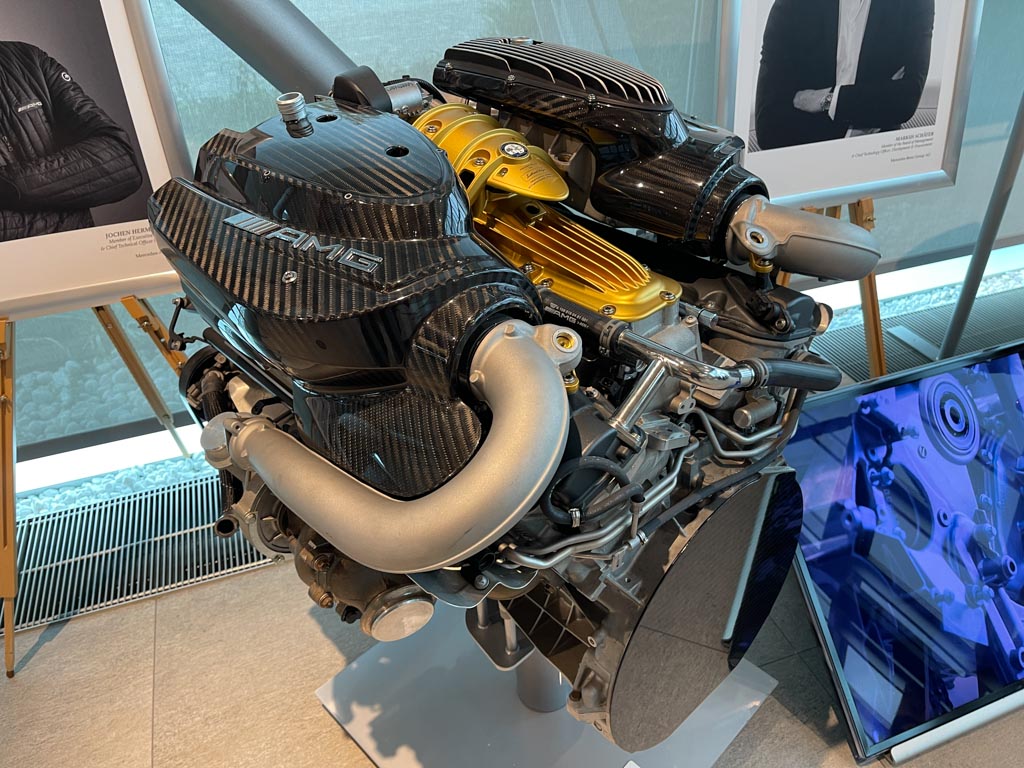
Here’s that M158 engine close up – it’s a development of the M275 twin-turbocharged V12 that made its debut in the 2003 Mercedes-Benz CL600, S600 and SL600. In that tune it produced 510bhp, but when AMG got its hands on the unit, power was up to 603bhp and then 621bhp, and used in the S65, SL65, CL65 and G65 models, as well the Maybach 57 and 62 S. The M158 versions reserved purely for Pagani, and features two smaller twin-scroll turbochargers for reduced lag, a modified intercooler set-up, dry-sump lubrication and a bespoke Bosch ECU.
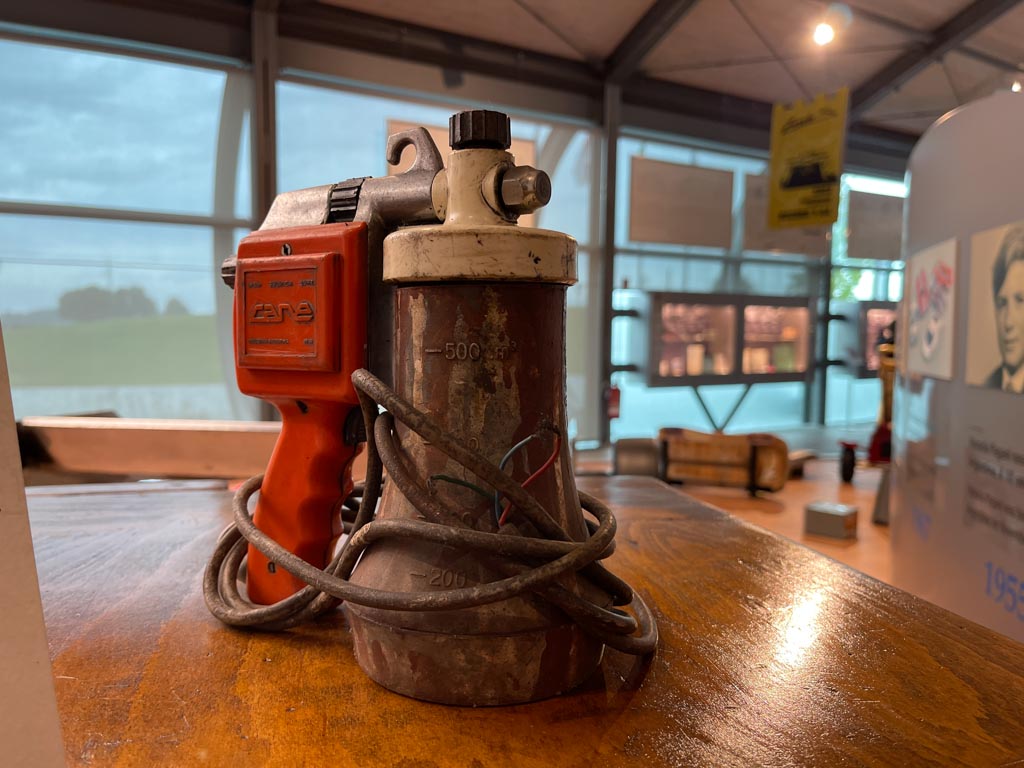
Although obviously the cars are the main draw, the museum is filled with fascinating artefacts from Horacio’s life. Take this, for example – it’s the very first paint gun he bought. Prior to this he hand-crafted his own tooling for his projects because he couldn’t afford new tools; however, little odd jobs enabled him to buy new equipment. This spray-gun purchase came about because his grandmother needed her fridge painting, and the money Horacio earned for doing it paid for the gun. It was then used to paint the first body parts of his Formula 2 car.

What are supercars if they aren’t points of inspiration? This board on the exit of the museum celebrates the sketching, enthusiasm and imagination of the next generation of car designers, taking inspiration from Pagani’s cars.
Fancy visiting the museum? More details are available here, and guided tours are available, too.
